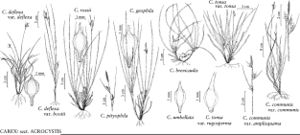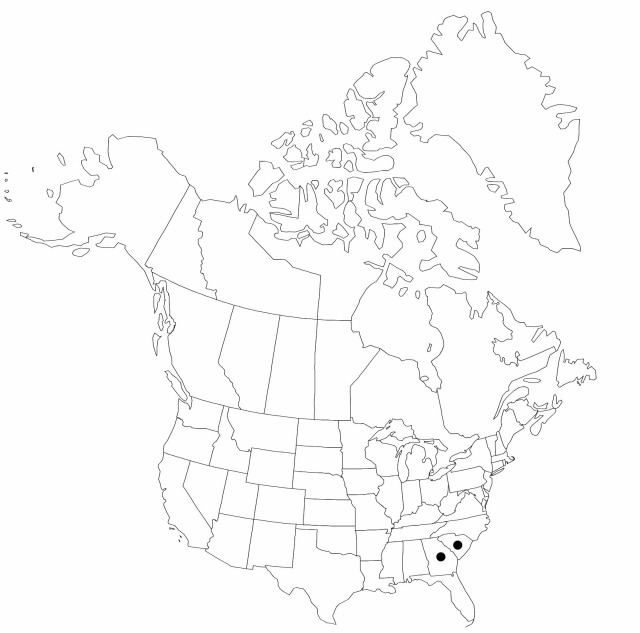Difference between revisions of "Carex communis var. amplisquama"
Novon 6: 117. 1996.
IllustratedEndemic
Basionym: Carex amplisquama F. J. Hermann Rhodora 57: 158. 1955
imported>Volume Importer |
imported>Volume Importer |
||
| Line 58: | Line 58: | ||
|publication year=1996 | |publication year=1996 | ||
|special status=Illustrated;Endemic | |special status=Illustrated;Endemic | ||
| − | |source xml=https:// | + | |source xml=https://bitbucket.org/aafc-mbb/fna-data-curation/src/2e0870ddd59836b60bcf96646a41e87ea5a5943a/coarse_grained_fna_xml/V23/V23_1016.xml |
|genus=Carex | |genus=Carex | ||
|section=Carex sect. Acrocystis | |section=Carex sect. Acrocystis | ||
Latest revision as of 20:38, 5 November 2020
Pistillate scales 3.4–4.8 × 1.4–1.8 mm, apex usually awned, exceeding perigynia. Perigynia 2.7–3.7 × 1.2–1.7 mm; beak 0.5–1.1 mm, apical teeth 0.1–0.5 mm.
Phenology: Fruiting late Apr–mid May.
Habitat: Moist, wooded slopes, clearing edges, in deep rich soils, in partial shade of hardwood forests
Elevation: 200–1500 m
Discussion
Selected References
None.
Lower Taxa
None.

